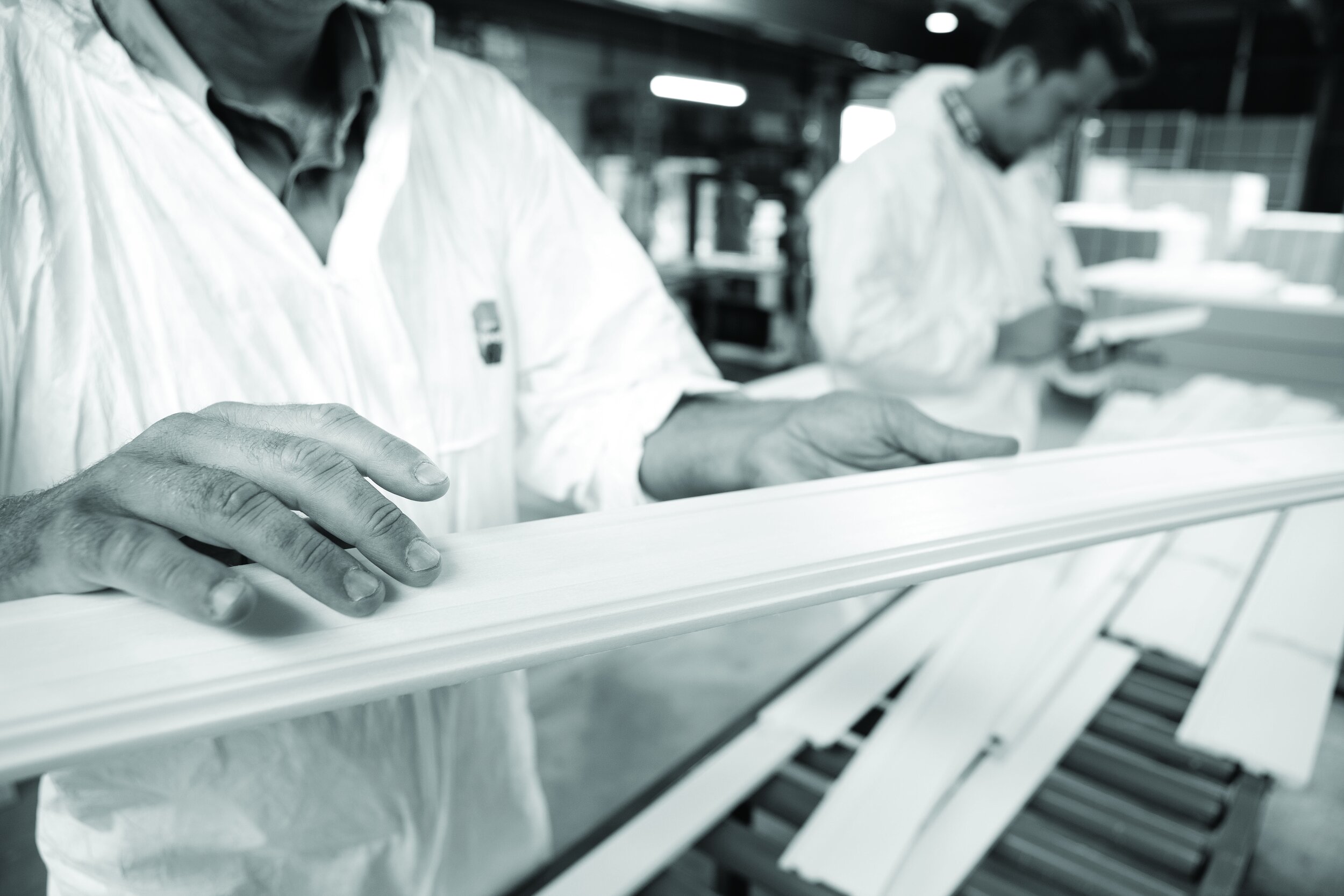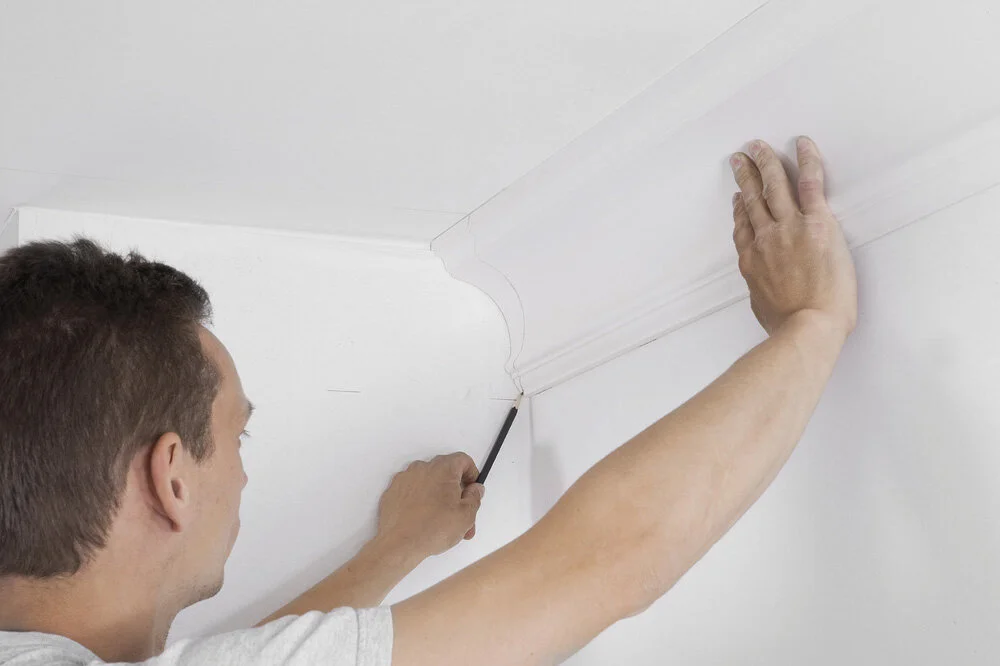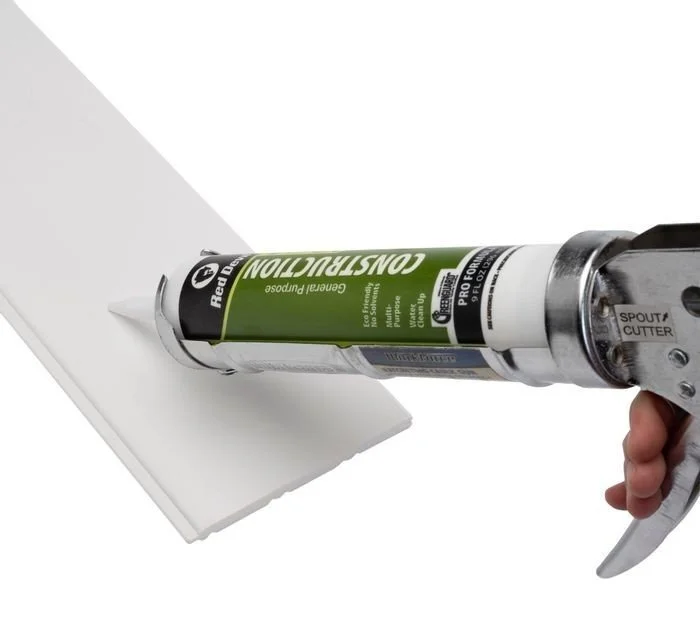Reasons to Use Synthetic Mouldings & Millwork in Your Next Renovation
The cost of lumber has nearly tripled since March 2020, leading many homeowners to look for creative ways to renovate their interior. Synthetic mouldings are growing in popularity as an alternative to wood, plaster, and MDF millwork not only because they are cheaper, but because they offer so many important advantages as well.
In this article, we explain the benefits of buying synthetic millwork, what synthetic materials are, how to install them, and other frequently asked questions about plastic trim.
What are synthetic mouldings made of?
Most synthetic mouldings are made of polymer, high-density polyurethane or polystyrene. These materials are light but very sturdy.
How are synthetic mouldings produced?
In 1970, ORAC Decor® was one of the first manufacturers to develop synthetic technology for millwork by using steel molds. This process provides sharp, crisp details and consistent results. Unlike rubber molds, steel molds do not warp or degrade during production. This ensures that each and every piece is identical in consistency and shape.
What is better, wood moldings or plastic moldings?
While wood remains the most popular choice for interior trim in the USA, natural wood is prone to termite damage as well as cracking, splitting, and warping with changes in temperature and moisture. In addition, sanding and staining wood trim can be messy and labor-intensive.
Read this article for wood staining tips.
The benefits of plastic mouldings:
Durable and impact-resistant — Walls can take a beating in high-trafficked areas
Water resistant – Can be used in damp/humid environments (basement, bathroom, kitchen, mudroom, laundry room)
Ready to paint – No priming or sanding required
Will not warp or decay
Will not harbor termites/insects
Lightweight – Easy to handle and inexpensive to ship
Flexible – Navigate curved walls, concave ceilings, bar fronts, kitchen islands and more
NO BUILD UP – Single-piece construction eliminates the need for building up crown molding and the possibility of post-construction separation or cracks.
How do I install synthetic trim?
Use standard woodworking tools and construction adhesive. PL Premium or ORAC DecoFix is recommended.
To view instruction guides for polymer crown moulding, polymer baseboard, polymer panel moulding, flexible mouldings and more decorative millwork, click this link.
To watch a polymer molding installation from start to finish, go to this video.
What type of adhesive should I use with polyurethane/ polystyrene moldings?
Multi-purpose polyurethane sealant is high-performance, permanently flexible, and easy to apply. This glue cures rapidly when exposed to atmospheric moisture to form a strong bond between the wall and molding. In addition, it is non-yellowing and paintable to match your décor.
What saw blade should I use to cut polyurethane/ polystyrene mouldings?
10” blade, 200-tooth saw blade is best for cutting plastic moldings. It is made of high-impact steel that also clean cuts plywood, OSB, veneers, Cellotex & more.








